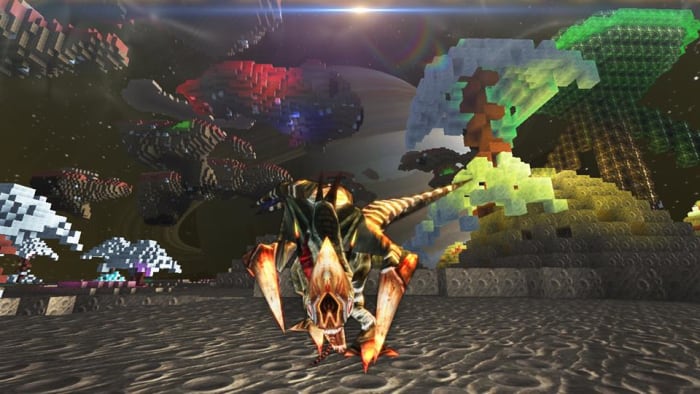

DDC allows for a system controller to compute the sequence of operations based on the digital input from system sensors. The communications network for a building automation system is typically in a physical star or bus topology from the controller.ĭirect digital control (DDC) is commonly used in more complex HVAC systems. Most field devices and equipment of building automation systems communicate at low network speeds, typically transmitting at rates of less than 1 Mbps. Digital output from a controller is a two-state or two-position signal from the controller to an actuator, such as control fan relay start-stop switch.

In much the same way, analog outputs from a controller are "proportional variable" signals sent by the controller to adjust an actuator or external control device, such as a valve actuator. Digital inputs to a controller are simply a two-state, on-off signal from external devices or sensors, such as a switch. Analog inputs to a controller can be a continuously changing signal from an external device or sensor, such as a temperature sensor.

These devices may communicate to each other or to the controller with analog or digital signals. Sensors and transmitters that are part of a control system may include thermostats, liquid differential pressure transmitters for pumps and chillers, differential pressure sensors for fluids and airflow, static pressure sensors, air pressure sensors, CO 2 sensors, occupancy sensors, humidity sensors, etc. In addition, the systems will probably need IP addresses, power, and equipment room space and will generally require web access. Many of the systems will have a databases and system administration workstations. The system will use a communications protocol to exchange data within the control system. The systems need cabling and cable pathways or wireless connectivity. They all have data points that can be monitored and managed. DDC is the current industry standard for the major control systems, such as HVAC control and is based on the use of microprocessors, software, and electronic control devices.Įach of the control systems is a network and the systems have some commonality. The DDC control systems process data digitally (regardless if it's digital or analog) and can control terminal devices.
Farsky building controls manual#
There are several types of control systems that are or have been deployed in buildings these include manual controls, mechanical pneumatic control systems which are older, obsolete, and no longer used, controls which use electrical contacts and relays, and Direct Digital Controls (DDC). These control systems primarily address heating, cooling, ventilation, lighting, power, access to the building, shading, etc. There are a variety of control systems in buildings that support occupant comfort, a healthy environment, life safety, security, and the building's basic infrastructure such as electric power and conveyance equipment. These integrated building management systems (IBMS) and smart controls are better suited to maintain a building's performance and address the increased complexity of today's buildings.īuilding control systems are the dynamic or active part of the building that monitor, manage, and adjust the environment and performance of the building.
Farsky building controls software#
Emerging into the marketplace however, are advanced technology building management platforms with customizable dashboards, innovative software applications, open programming languages, and expanded integration capabilities. The traditional Building Management System (BMS) has been the major focus of building controls since the advent of DDC systems.

A smart controls systems can control, monitor, and optimize building services, such as, lighting, HVAC, electrical plug-loads, security, CCTV, access control, audio-visual, as well as occupancy-related systems. Advanced technology allows the integration, automation, and optimization of any building system in support of facilities management and the building's operation and performance.Ī smart controls system often yields significant reductions in operations and maintenance as well as energy consumption. Smart building controls provide advanced functionality through a computerized, intelligent network of electronic devices designed to monitor and control the mechanical, electrical, lighting and other systems in a building. Building control systems are critical to the operation of high-performance buildings.


 0 kommentar(er)
0 kommentar(er)
